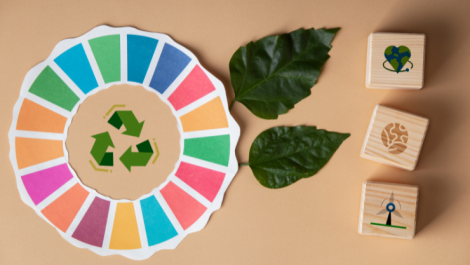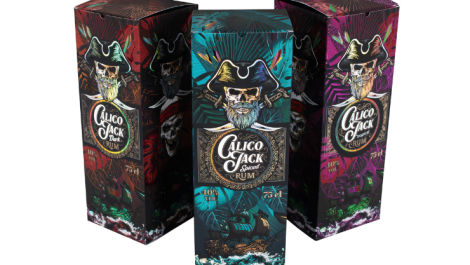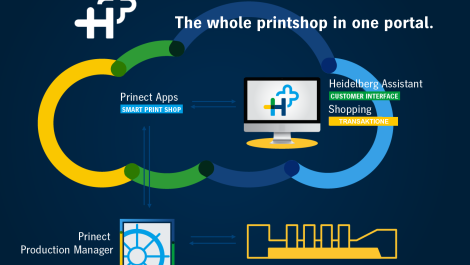There is a fast food burger chain in Sweden that alongside the price and product name states the carbon footprint of each item on its menu.
Max Burgers started some fifty years ago and has grown rapidly to have presence in most Swedish cities, trading on its reduced environmental impact and the fact that its meat all comes from Sweden.
It’s a big success story and it’s story that shows how effective labelling and packaging can be in reducing environmental impact. Putting the CO2e values of different dishes on menus, product packages and labels has helped raise environmental awareness amongst Swedish consumers. It has also given tiny Max an edge over its rather more mighty competitor.
The company’s founders decided to go green some five years ago, expecting that the paper they use to wrap their burgers was going to be a major contributor. But it turned out that the Swedish beef in their burgers is by far the biggest source of emissions.
Packaging contributes a mere 2% to Max’s overall environmental impact. And demonstrating awareness of the need to be more environmentally sensitive has paid off: since introducing eco-friendly packaging and adding climate labels to their products, Max has seen a 28% increase in sales. A Max Chicken Burger for instance accounts for 0.4kg of CO2e. It seems that people, at least in Sweden, do care about the environmental impact of what they eat.
Max now wraps its burgers in paper instead of cardboard and recycles energy from food waste, paper and plastics. It uses FSC and Swan certified tray liners and recycles the materials in cardboard and sheet metal. The company has a long term plan that it is already well established and yielding results.
For instance between 2007 and 2011 Max conducted an inventory of activities, including those of the company’s suppliers to come up with a list of climate impacts that could be analysed using ISO 14065 (Requirements for greenhouse gas validation). The inventory included agriculture and ingredients production and refinement, transport, food processing, office activities and warehousing. Print was not on the list.
The Max website (http://maxburgers.com) has masses of information about the company’s initiatives, but makes scant mention of print. Why is that? Packaging may make only a 2% contribution to this company’s overall footprint, but surely there are all manner of other forms of print that Max uses and that may have an impact?
Could it be that print is only seen as a source of waste? It is an interesting question and one that we have posed before, particularly at carbon conferences. You hear all this microscopic detail about how an environmental scientist has calculated every aspect of the impact of a kilo of prime steak, but a question about how they calculated print’s contribution yields a response of puzzled bewilderment. Is print simply taken for granted. Is it somehow invisible as a source of emissions? Something to ponder while chomping your next burger.
This article is part of the Verdigris series of stories about understanding the environmental impact of print. The Verdigris Project is supported by Agfa Graphics, Canon Europe, Digital Dots, drupa, EcoPrint, EFI, Fespa, HP, Pragati Offset, Ricoh, Splash PR, Unity Publishing and Xeikon.





